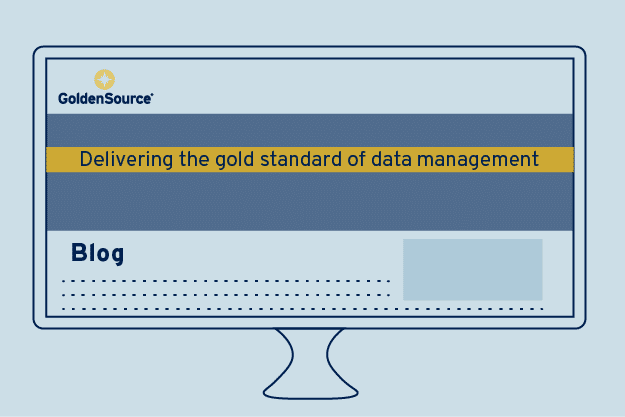Since the financial crisis, Everyone’s Doing More.
The industry hit a pivotal moment following the financial crisis: It quickly realized there was a greater need for regulation and control of assets.
These combined to spawn an explosion of reporting mandates and the need to respond to new opportunities faster and more cost efficiently, but with a granular view of exposure and risk.
Across capital markets, firms have been battered, beaten, and sometimes bruised by the flurry of activity to meet these new data management demands and still out-perform on margins and new business.
With the understandable scrutiny on spend that ensued the financial crisis, what happened next created a more costly and complex sub culture; A culture often contradictory to the overarching spirit of new regulations and data governance the market craves. In short, regulatory response has at times been tactical, creating further silos of duplicative effort, data spend, infrastructure and governance.
A tactical EDM approach leads to fragmentation.
The danger of a tactical approach is in amassing a collective of fragmented and duplicative infrastructure, bigger data invoices, and repetitive data management.
As the market now moves for more assurance, more products and more data, the adoption of narrow field, tactical point solutions to manage data in regulatory silos is proving difficult to scale.
It would seem that transforming data on the fly and shaping it for reports is too light touch, requiring constant tool kit fixes to gain a single view of the truth back to any moment in time. This can be further compounded when absorbing new data and moving it to more destinations.
This prompts the question, is less actually more?
It certainly can be, but only when invigorated with better data management practices and solutions that scale.
Industry consolidation is a common practice when markets gear for growth. The good news is that, stretched, fragmented data management point solutions can also be consolidated through a flexible data model and a common approach to governance across all regulatory and commercially driven data domains. Provenance of data is much easier when it is fully understood, instantly comparable and available for modelling and reporting on demand.
Consistency in how data is transformed is paramount to provenance, particularly for those wishing to aggregate their data. Breaking this new phenomenon of silos reduces data redundancy and duplicative spend but more importantly it can support business growth and instill regulatory and investor confidence.
Contact us to learn more

